Chaturanga Yoga Pose Alignment and Anatomy
The Mystery FINALLY Revealed and Clarified
CHATURANGA
WHAT IS CHATURANGA AND WHY IS IT SO CONFUSING?
What is the best alignment for Chaturanga? First, let’s start with what this pose is. Chaturanga is both a yoga pose and a transition, otherwise known as a movement. A pose implies no movement, while a transition implies movement between two static postures. Because Chaturanga is used as both a static posture and a transition, it’s hard to have a universal conversation about it. We have to first agree on what it is in order to analyze. Globally, there is discussion about chaturanga and yet everyone has a different idea of what it is. Thus, there exists much controversy around correct alignment.
How could there be correct alignment when the posture is usually taught as movement from one pose to another? In modern vinyasa, this pose is used to go from plank to upward dog. In order for a movement to occur, it is a law of biomechanics that joint alignment has to change. If it doesn’t, then no movement can occur. SO, while there are many reasons to practice chaturanga as an isolated pose, that is not how most people are practicing it these days. It would be more useful to discuss how to move our bones and which muscles we can engage if we want a smooth flowing posture that minimizes risk to our joints.
CONFUSED BY GRAVITY
While movement is not complex, it can be confusing mostly because of our relationship to gravity. There are only there major joints that change: the elbows go from straight to bent, the arm bones go from being in front to by our side (flexion to neutral), and the shoulder blades go from protraction to retraction (more or less), explained in the video below. If you stand with your arms in front of you and simulate the same actions, there is nothing mysterious or complex, but add the weight of your body and gravity, and now it gets interesting.
While the joint actions are simply moving from plank toward the ground, the muscle engagements that slow the body down in this transition are actually the OPPOSITE of the joints. For example, the elbows bend, BUT the muscles that engage in order to resist the movement are actually your triceps. Triceps are the muscles that help to straighten your arm. So as you bend into your elbows, your triceps fight back, keeping you from landing on your face. We do this all the time in transitions. We activate the opposing muscles of what is happening anatomically in our joints. We even do it in most static postures. How many poses have you done where you feel your quads burn, and yet your knees are bent? The muscles that straighten the knees are the quads, and yet they are fully engaged in bent knee postures so that you don’t land on the ground.
THE BREAKTHROUGH
FOCUS: ARM BALANCES & HIP OPENERS
- Build Upper Body Strength
- Release Hip Tension
- Learn Techniques to make hip opening and arm balances more accessible!
- Experience the revelatory "aha" moments in the postures you struggle with
- Uncover your range of motion and flexibility
- Release low back tension through hip opening
- 12 All Levels Live Asana Classes
- Lifetime Unlimited Access to All
CLARITY: WHAT IS THE CORRECT ALIGNMENT OR WAY TO DO CHATURANGA?
In my video below, you will hear more about “correct” and “incorrect” and why there really isn’t a way we could define that, but we can talk about efficiency, joint safety, greatest stability, or range of motion, etc. The way I suggest to practice chaturanga is as follows: .
Allow your joints to:
- Elbow: Bend (flexion)
- Shoulders: Arm Bones go from flexion (out in front as in plank) to neutral
- Shoulder Blades: Protraction to Retraction while moving from plank to chaturanga
What Muscles To Engage and HOW to Engage them
- Triceps: Try to straighten your elbow while allowing it to bend. This action is an activation of your triceps. You activate your triceps only enough to slow down the bending of the elbow but not enough that your triceps win over the weight of your body and gravity. If you did that, you’d wind up back in plank pose.
- Deltoids: Same here. The front deltoids are the muscles that would normally bring your arms from neutral to out in front (flexion). Activate these muscles enough that it slows down the decent but does’t stop it.
- Serratus Anterior: this is the muscle that moves your shoulder blades apart and should be very active in plank; it remains active while lowering. This muscle slows the movement of the scapula from protraction to retraction. Note: this is not the same as punching your shoulder blade forward into what is called upward tilt, which I go over thoroughly in the blogs below.
- CHATURANA ALIGNMENT: 3 KEY ACTIONS
- CHATURANGA ALIGNMENT PT 2: INTEGRATE THE ACTIONS
The February 2020 Immersion, titled “The Dance”, is a unique immersion focused entirely on transitions from one pose to another, learning the biomechanics and anatomy of each transition. If you are looking to re-pattern the way you move on your mat and learn which muscles to engage for efficiency and control, this is the livestream immersion for you! See All Livestream Immersions
MORE WAYS TO DEVELOP YOUR PRACTICE
- Live Immersions are all designed to support you with both the development of your knowledge and your embodiment. With every immersion there is a focus, and I guide you through sensation-based practices to help you rediscover your body!
- 200 hour training Dive into your practice in a deeper way, developing body awareness, understanding of anatomy, and how to share it with others.
- 300 Hour Online Training Advance your teaching skills. Get 500 hour certified and create a greater impact with your offering as a teacher of yoga.
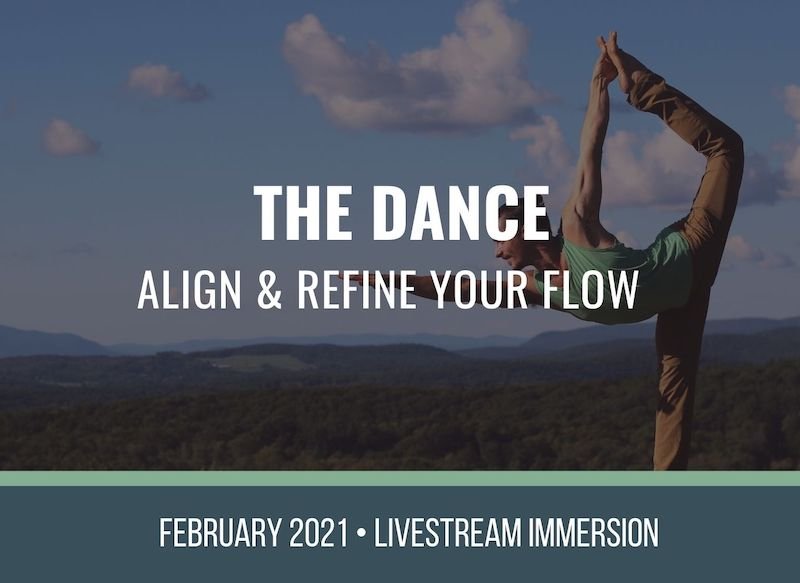
THE DANCE
ALIGN, REFINE AND MASTER YOUR FLOW
12 Class Pack for Alignment and Flow! Develop your balance, increase your strength, and learn to transition gracefully between postures. This livestream immersion focuses heavily on providing step by step instruction for popular transitions like plank to chaturanga, hop forwards, warrior 2 to half moon.
Do to the challenging transitions and postures this immersion is recommended for intermediate level students.
$28.00
Continue Learning
Strong Hands For Handstand
Strong Hands For HandstandSTABILITYSTRONG HANDS FOR HANDSTAND When it comes to building strength for handstand, it starts at the base: our hands. Developing strong hands means targeting the wrist flexors, the very muscles that help create a trustworthy foundation....
Handstand Actions
Handstand ActionsLEAN, GRIP, PUSHHANDSTAND ACTIONS Handstand isn’t something we conquer in a single class, it’s a layered process that demands repetition and refinement. There are certain key handstand actions that are non-negotiable: lifting the shoulders up to the...
Handstand Mechanics
Handstand MechanicsINVERSIONHANDSTAND MECHANICS Stability, strength, and coordination come together in the pursuit of mastering handstand mechanics. One of the most critical foundations is internal rotation at the hip joints, which can aid with certain entries and...
Stable Sirsasana
Stable SirsasanaHEADSTANDSTABLE SIRSASANA Creating a stable Sirsasana is less about the final pose and more about the mechanics that lead us there. From weight transfer and spinal alignment to hamstring flexibility and shoulder engagement, each layer matters. Unlike...
Explore Hip Rotation
Explore Hip RotationSURYA YANTRASANAEXPLORE HIP ROTATION Hip rotation isn’t just an anatomical concept—it’s an open invitation to become more intimate with our body’s story. In yoga, we often live in lateral (external) rotation, especially in hip-opening postures....
Step Up Your Side Plank
Step Up Your Side PlankVASISTHASANASTEP UP YOUR SIDE PLANK Side Plank might look simple, but true proficiency starts in the details. One of the keys to refining the posture is learning how opposing muscle groups create an isometric contraction—a subtle engagement that...
THE FREE TECHNIQUE PACK
When You Subscribe, You Will Get Instant Access to
- the Technique Pack: 15 yoga pose breakdowns
- exclusive online course discounts
- exclusive blogs and videos
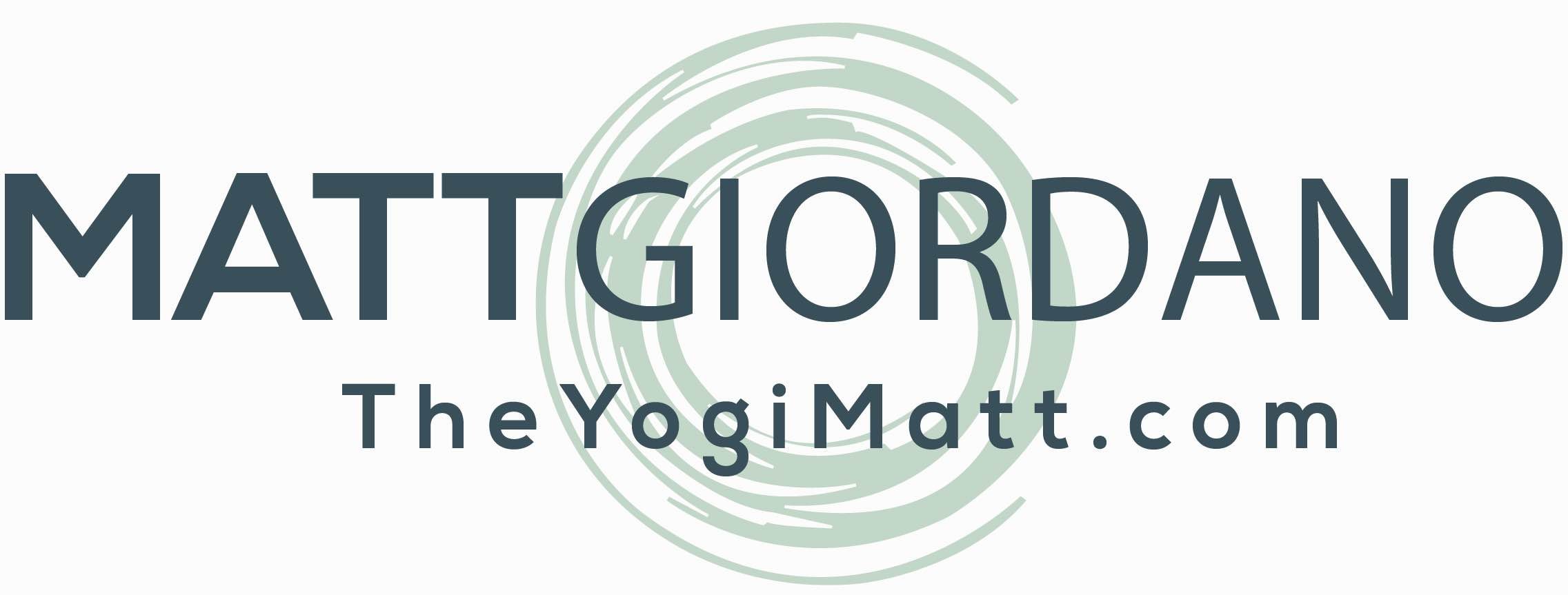
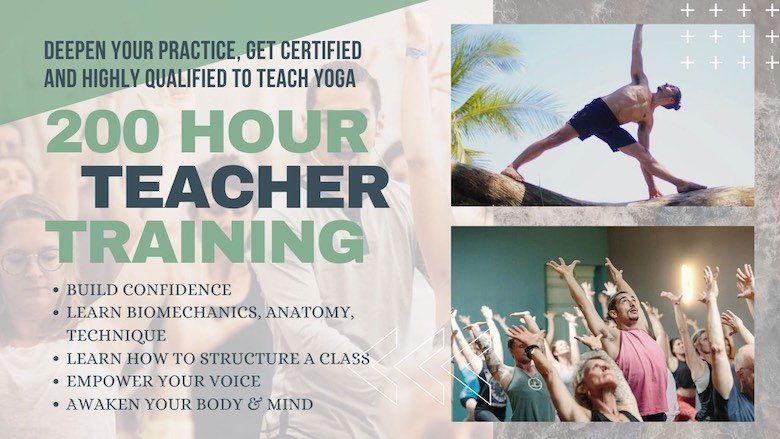
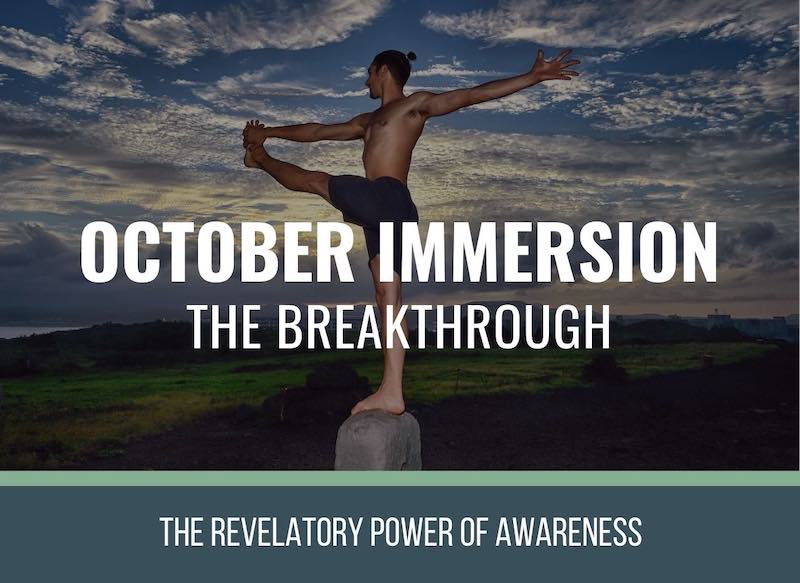
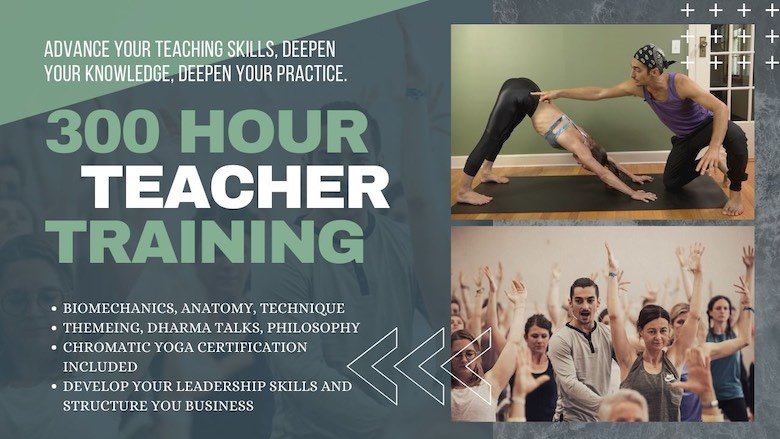
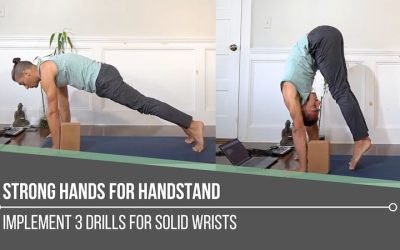
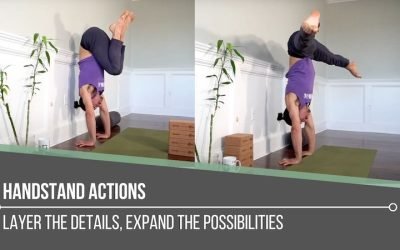
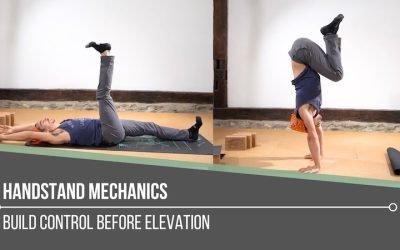
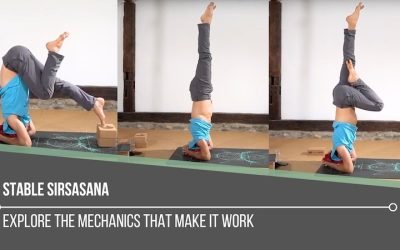
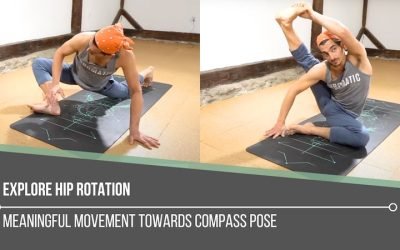
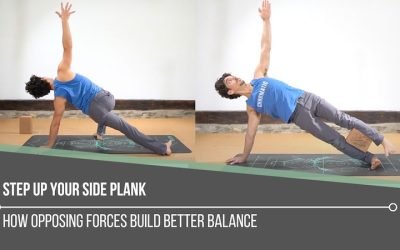


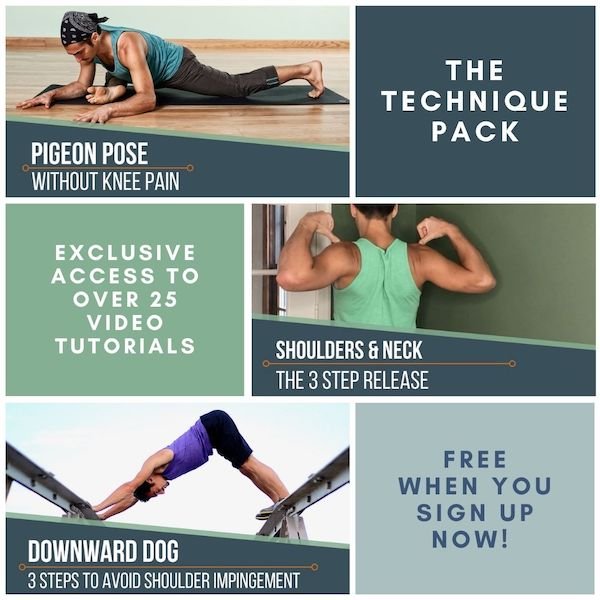
Share This!
Hey. thank you for reading. If this is helpful please share it!